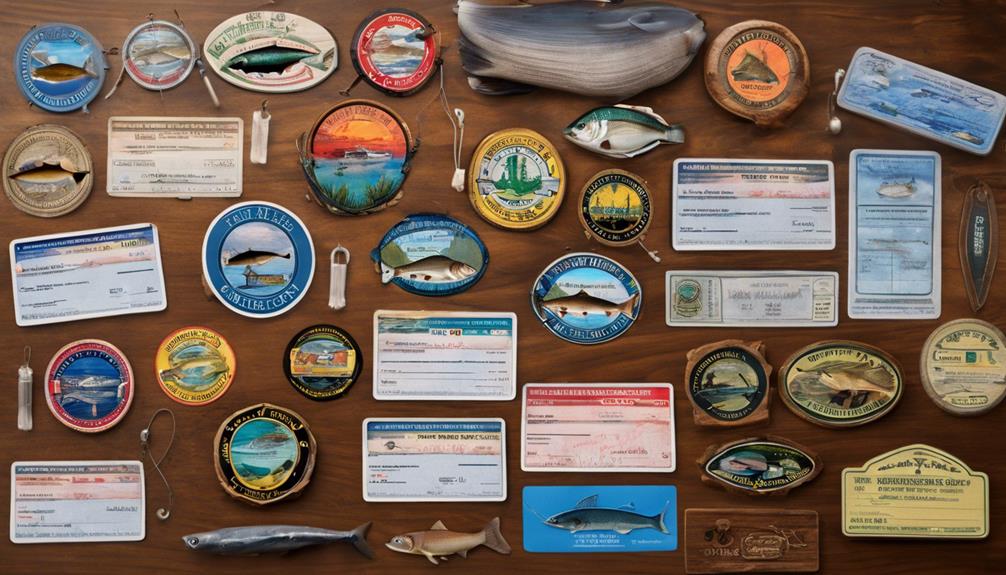Fishing is a beloved pastime for many, often associated with relaxation, adventure, and a chance to connect with nature. However, a common question that arises among novice anglers or those new to specific areas is, “Can you catch and release without a fishing license?” This blog post delves into the intricacies of fishing regulations and licenses, particularly focusing on catch and release practices. By the end of this article, you will have a comprehensive understanding of the legal requirements surrounding fishing licenses and how they relate to catch and release fishing.
What Is Catch and Release Fishing? Understanding the Practice
Catch and release fishing is a popular method among anglers that involves catching fish and then returning them to the water unharmed. The primary goal of this practice is to minimize the impact on fish populations while allowing anglers to enjoy the sport. Catch and release is often encouraged in areas where fish populations are under pressure or in decline. This method not only benefits the fish but also promotes sustainable fishing practices, allowing future generations to enjoy the same experience. However, the legalities surrounding catch and release can vary significantly depending on where you are fishing.
The Importance of Fishing Licenses: Why They Matter
Fishing licenses are required in most regions for several reasons. Primarily, they help manage fish populations and ensure sustainable fishing practices. By requiring licenses, state and local authorities can track fishing activities, monitor fish populations, and implement regulations that protect aquatic ecosystems. Furthermore, the funds collected from fishing licenses often go towards conservation efforts, habitat restoration, and public education about responsible fishing. Therefore, even if your intent is to catch and release, a fishing license may still be necessary, depending on local regulations.
Can You Catch and Release Without a Fishing License? The General Rule
In general, most jurisdictions require anglers to possess a valid fishing license, regardless of whether they intend to keep or release the fish. This rule applies even when practicing catch and release. The rationale behind this requirement is that all fishing activities can impact local fish populations and ecosystems, whether the fish are kept or released. Therefore, it is crucial to check local regulations, as fishing without a license can result in fines and other penalties. Always consult the local wildlife agency or fishing regulations guide for specific requirements in your area.
Exceptions to the Rule: When You Might Not Need a License
While the general rule is that a fishing license is required, some exceptions may apply. Certain states offer free fishing days, during which residents can fish without a license. Additionally, some jurisdictions may allow specific groups, such as children or seniors, to fish without a license or may have different regulations for catch and release activities. It’s essential to familiarize yourself with your local laws and any exceptions that may apply to ensure compliance while enjoying your fishing experience.
Local Regulations: How They Vary Across Regions
Fishing regulations can vary significantly from one state or province to another. For example, some places may allow catch and release without a license in designated areas or during specific seasons, while others may not. It’s essential to research the fishing regulations specific to the location where you plan to fish. Websites of local wildlife agencies typically provide comprehensive information regarding licensing requirements, catch and release rules, and any seasonal regulations that may be in effect. Understanding these local nuances is crucial for responsible fishing practices.
Best Practices for Catch and Release Fishing
If you are planning to engage in catch and release fishing, it’s vital to follow best practices to ensure the fish’s survival. Here are some tips:
1. Use Barbless Hooks: This makes it easier to remove the hook and reduces injury to the fish.
2. Handle Fish with Care: Wet your hands before handling the fish to protect its slime coating, which is essential for its health.
3. Limit Air Exposure: Keep the fish in the water as much as possible while unhooking it. If you need to take a photo, do so quickly and return the fish to the water promptly.
4. Use a Landing Net: This minimizes stress on the fish and helps prevent injuries.
5. Revive the Fish: If the fish appears lethargic after release, gently move it back and forth in the water to help it recover.
By adhering to these best practices, you can contribute to the fish’s survival and promote sustainable fishing practices.
Conclusion: The Importance of Compliance and Conservation
In conclusion, while the question “Can you catch and release without a fishing license?” often implies a desire for freedom in angling, the reality is that compliance with local regulations is crucial for the sustainability of fish populations and the health of aquatic ecosystems. Fishing licenses play a vital role in conservation efforts, and understanding the regulations in your area ensures that you can enjoy fishing responsibly. Whether you are a seasoned angler or a beginner, being informed and following best practices in catch and release fishing not only enhances your experience but also contributes positively to the environment. Always remember to fish responsibly, respect local laws, and cherish the natural beauty that fishing brings.
